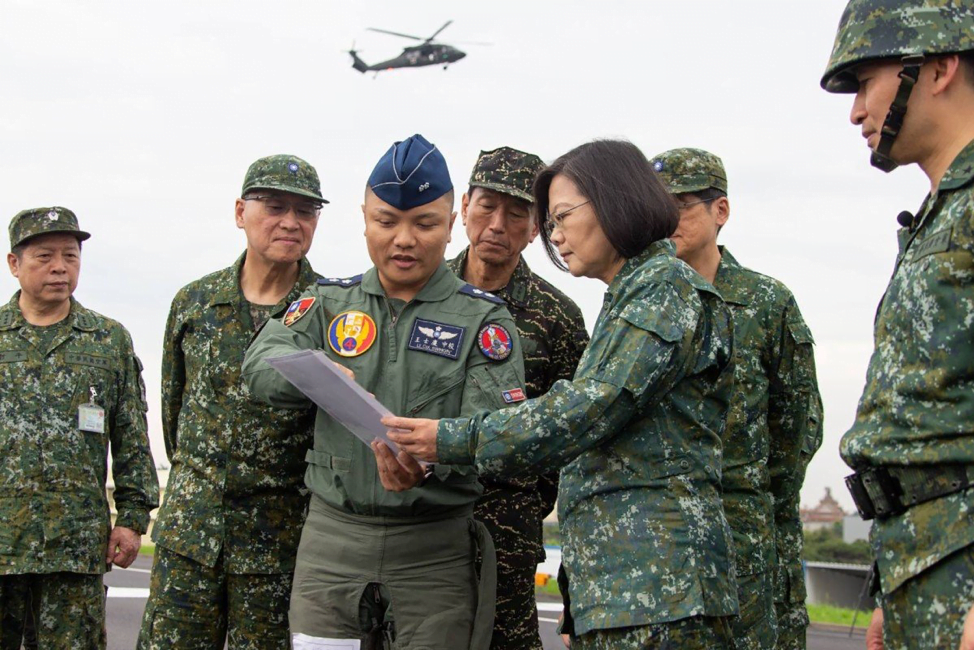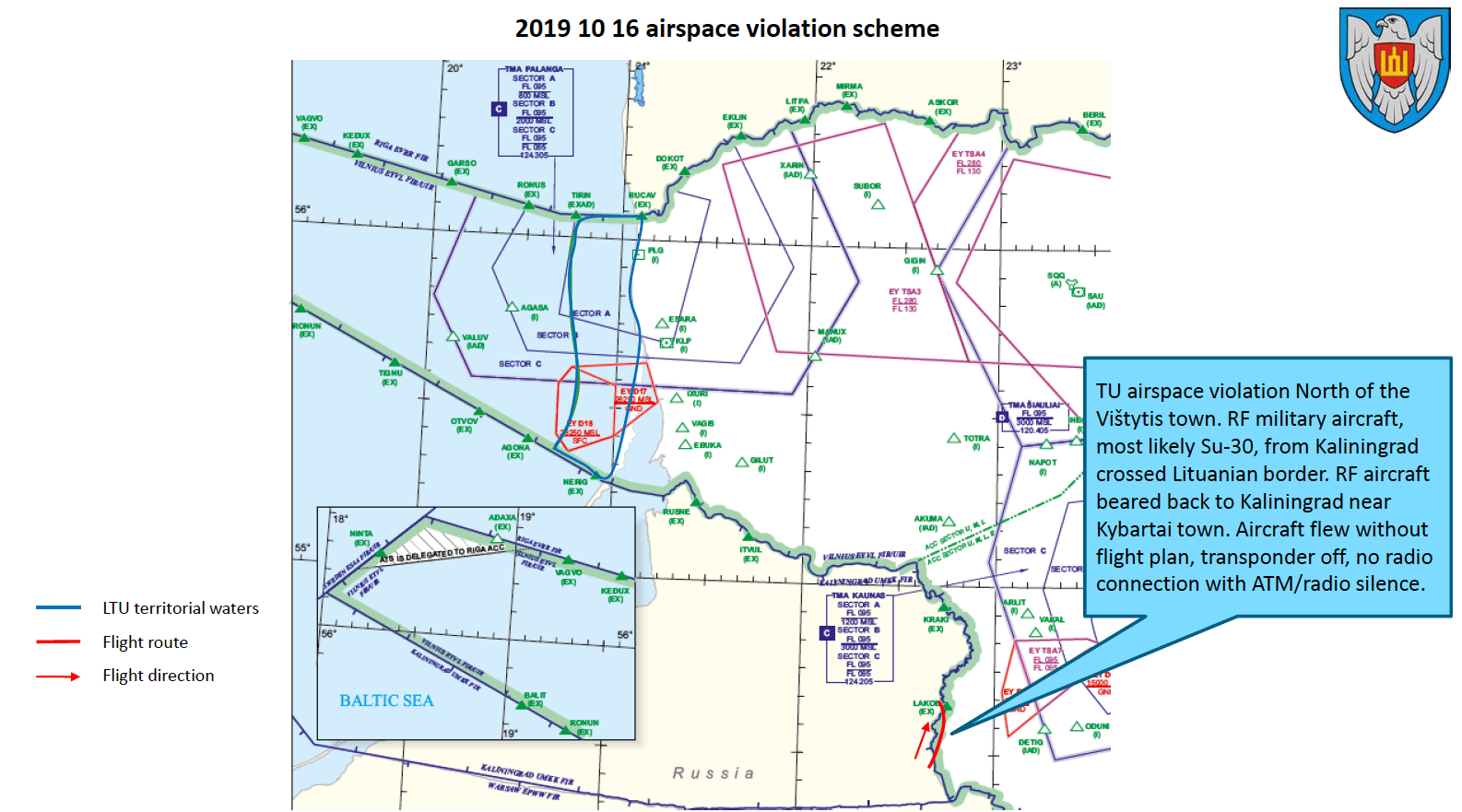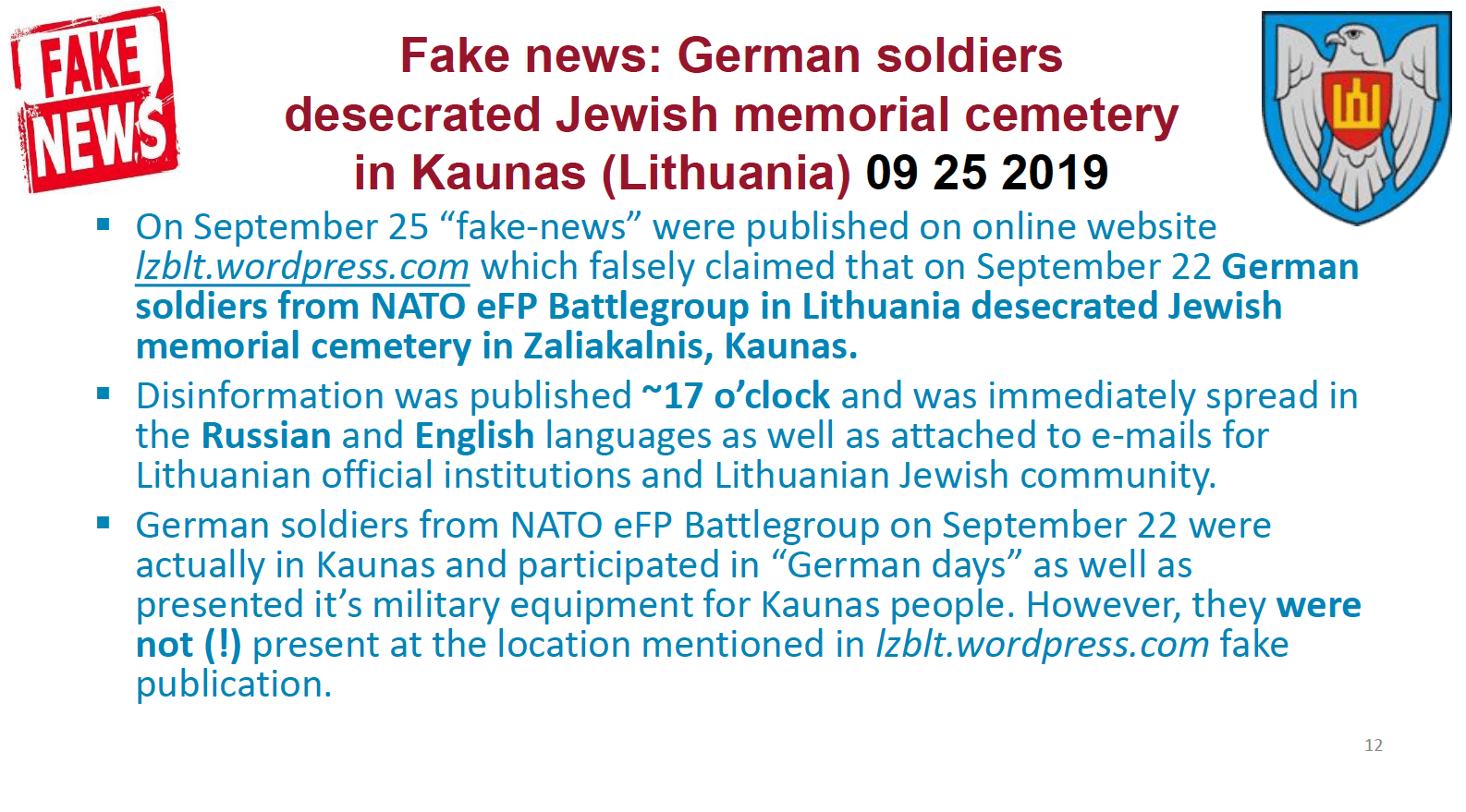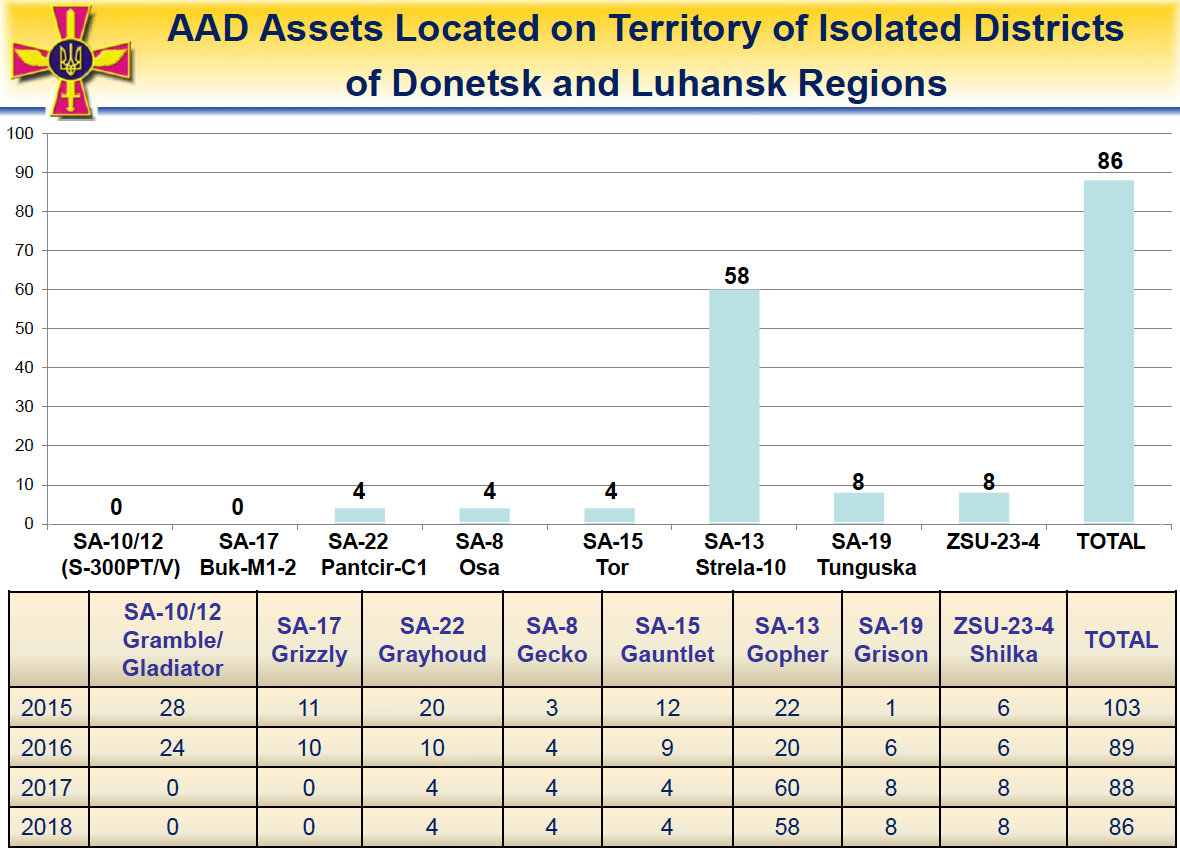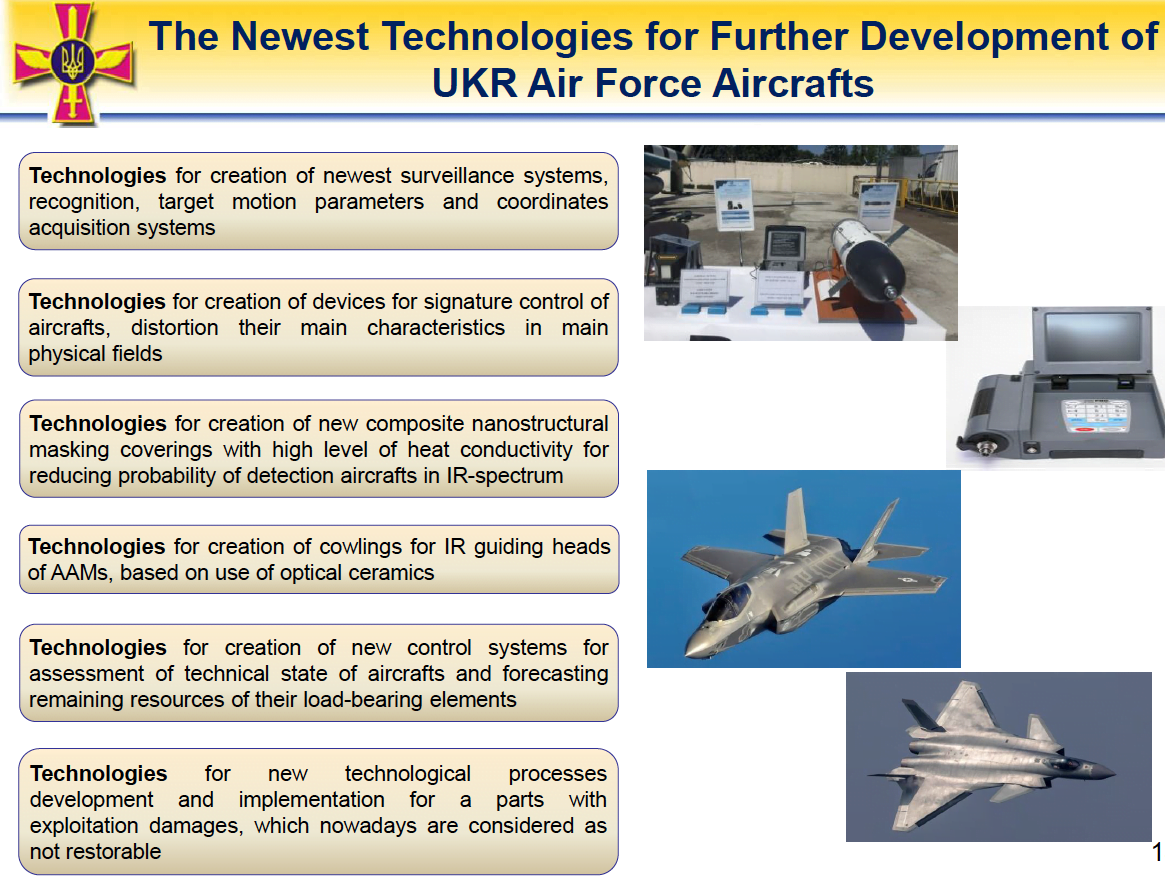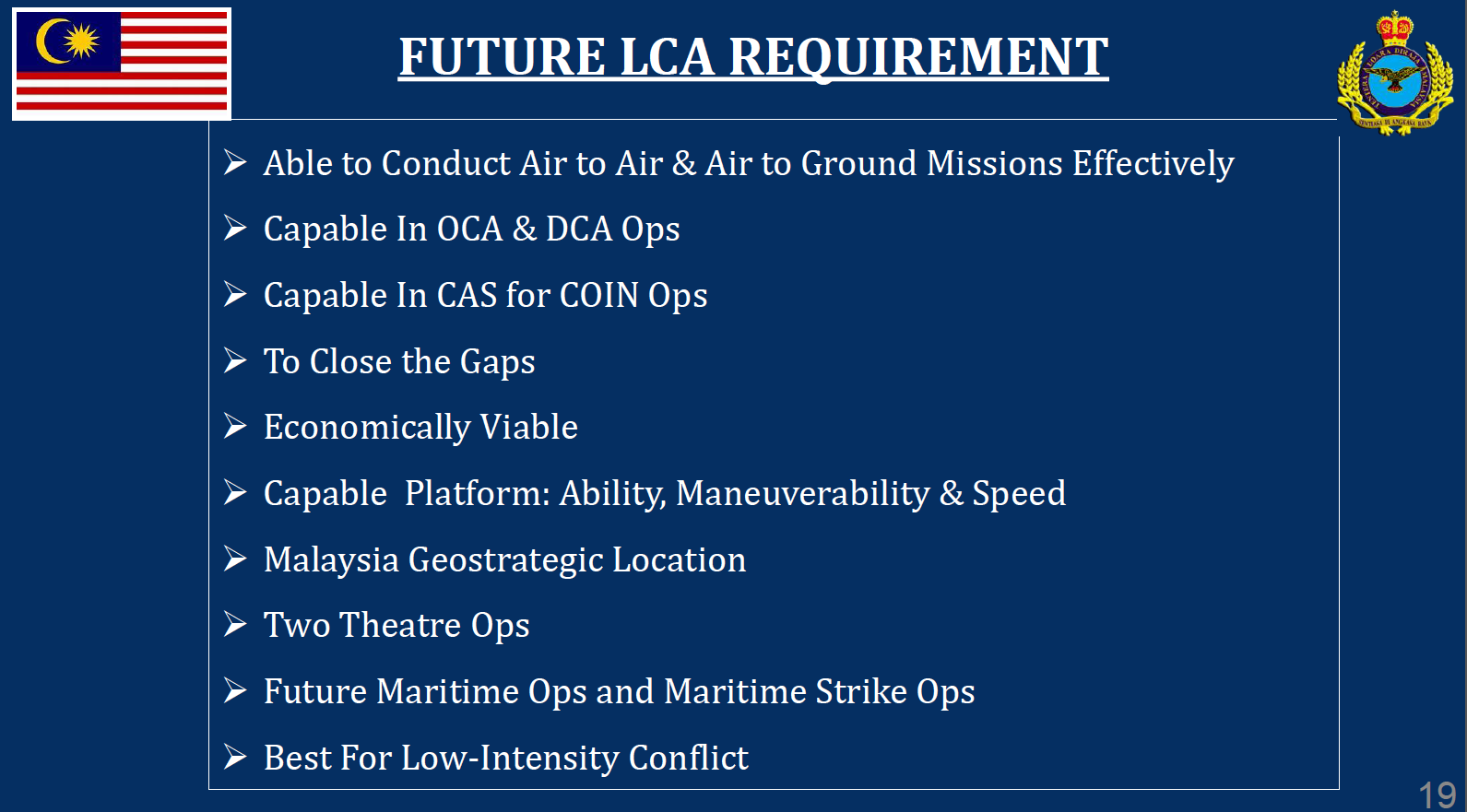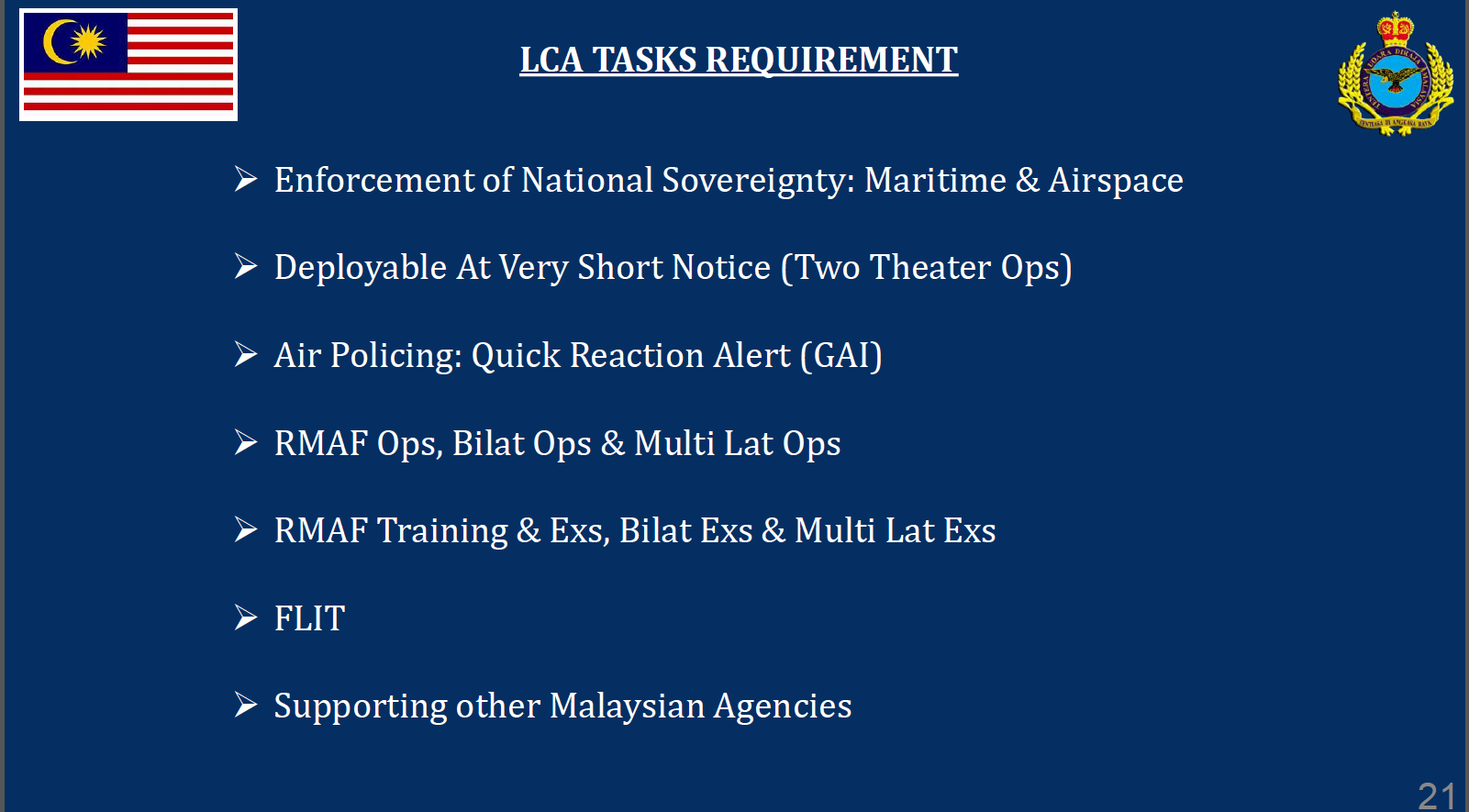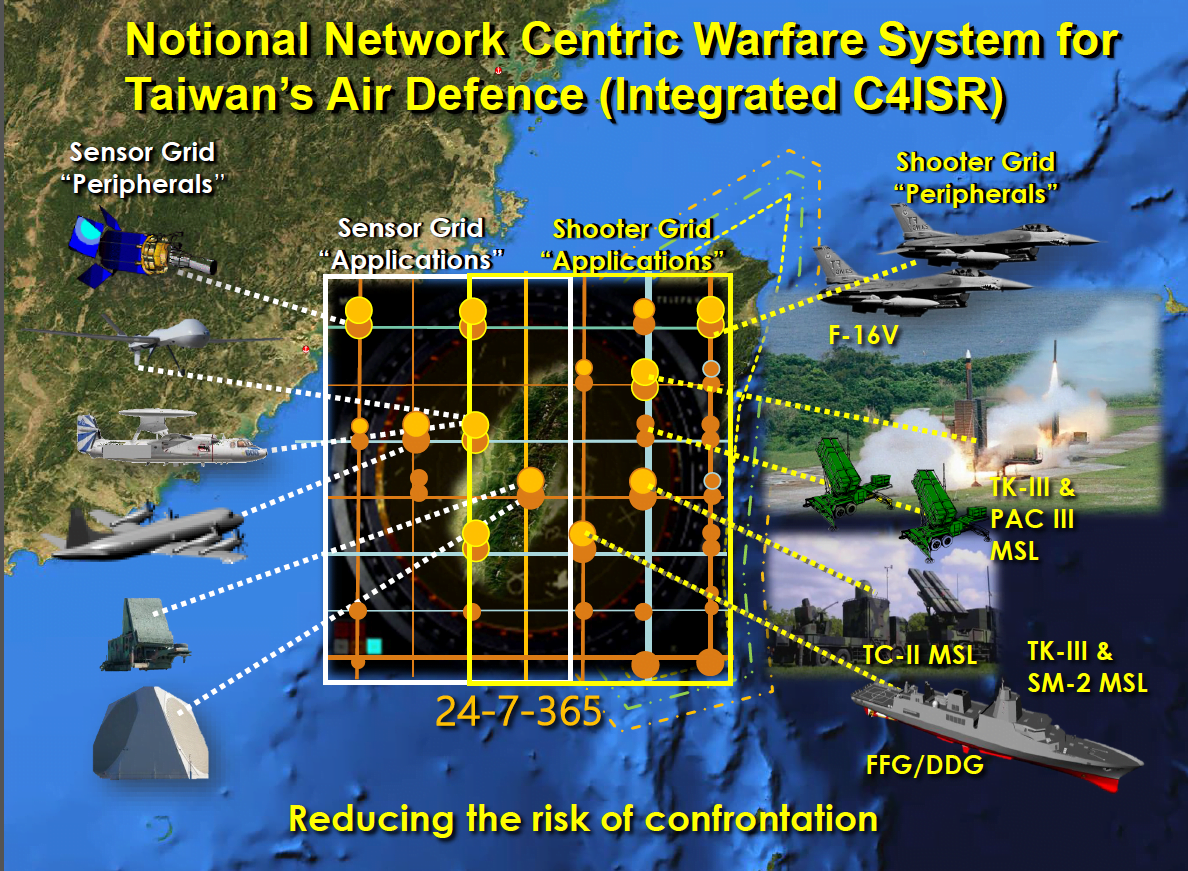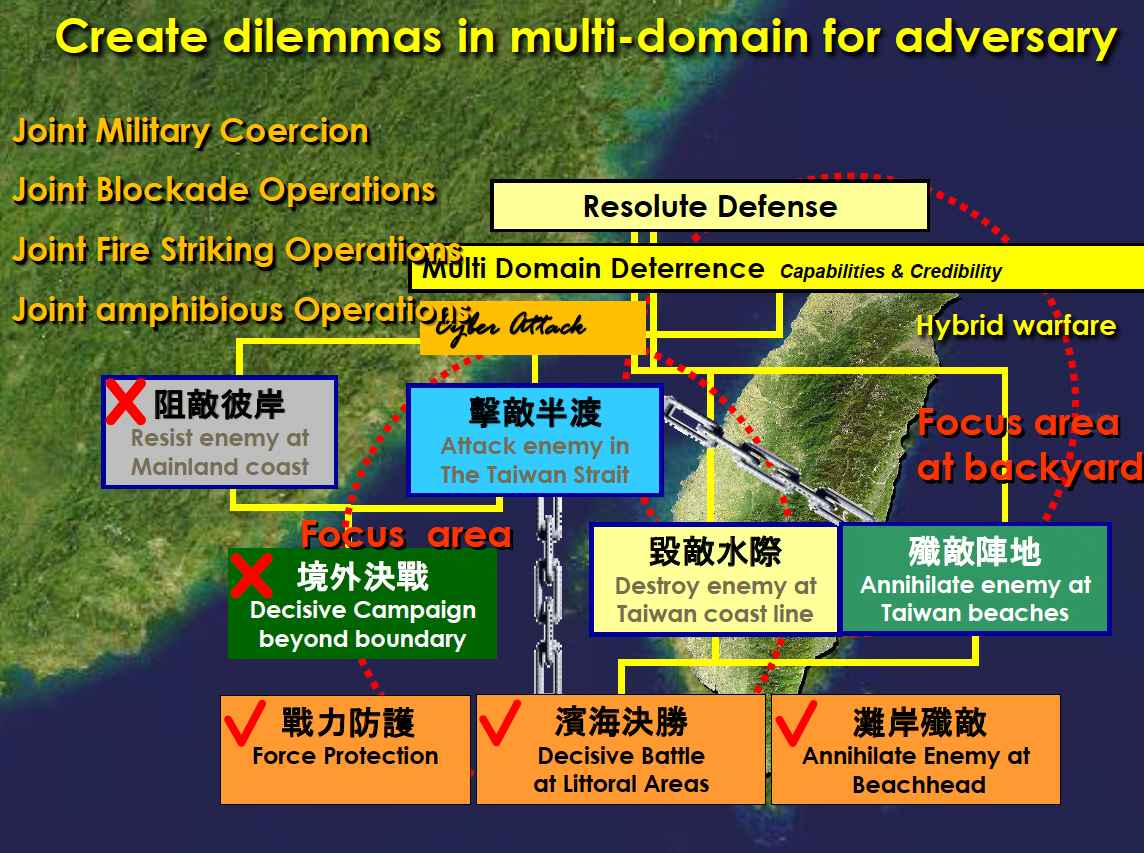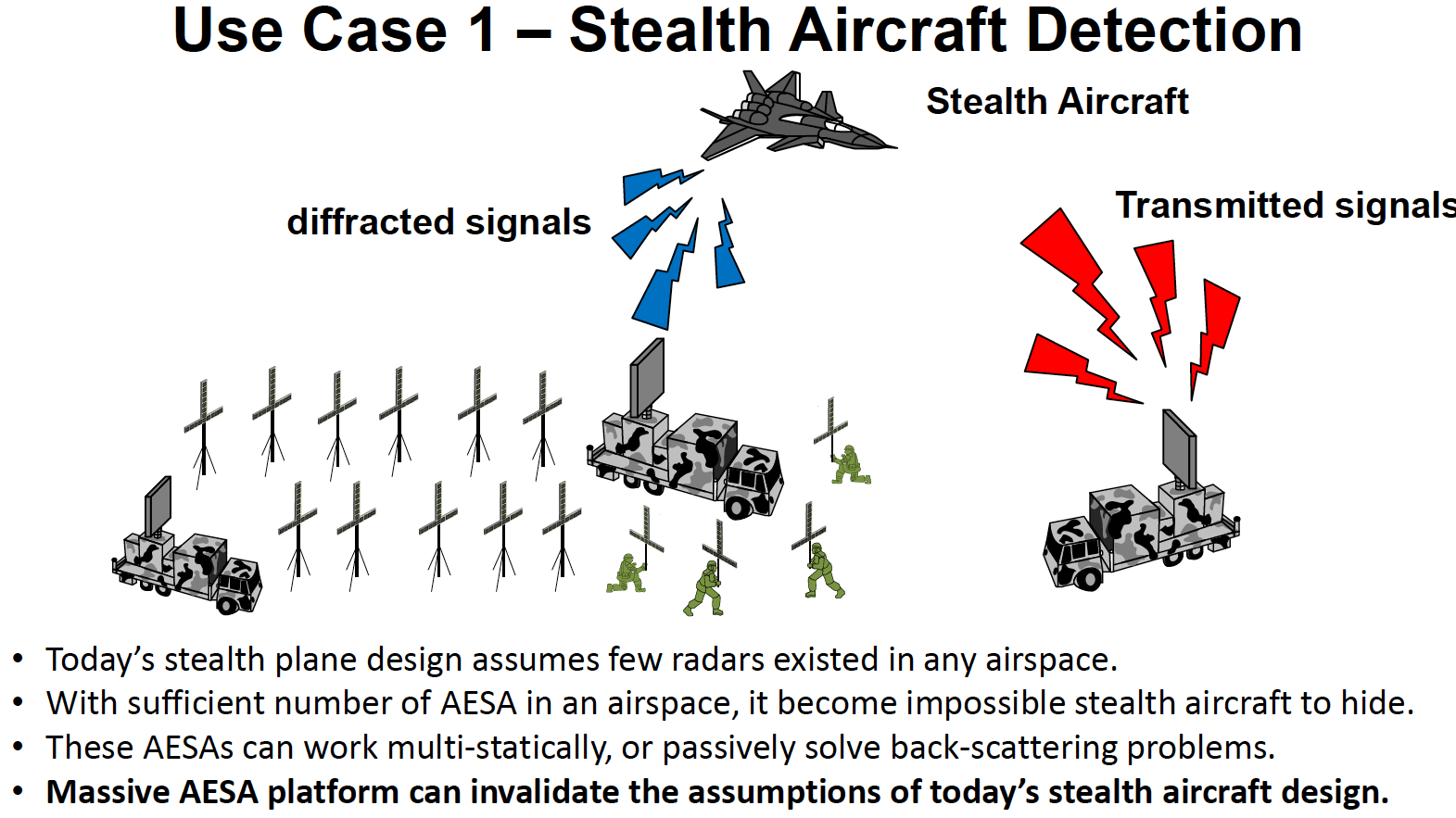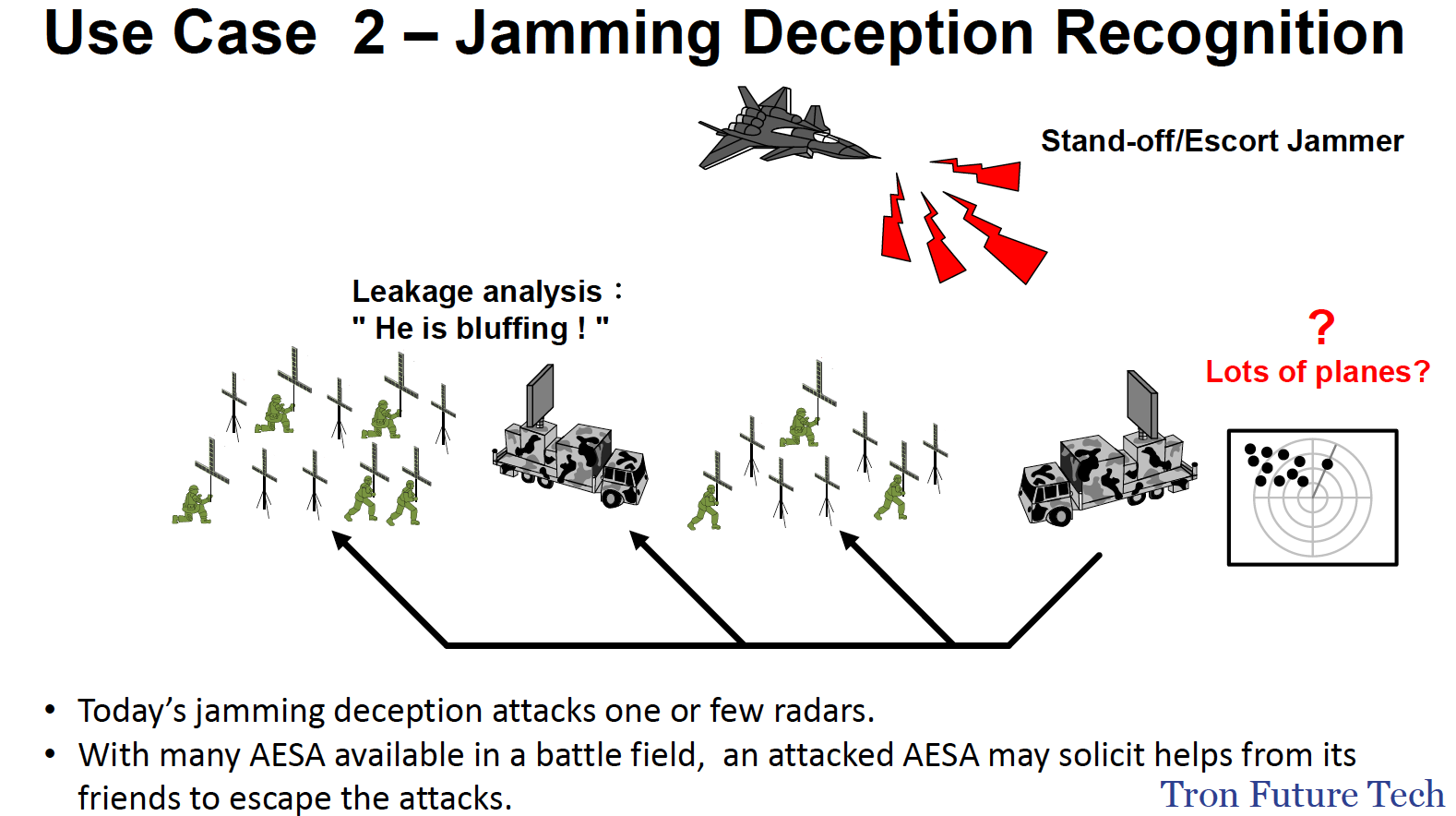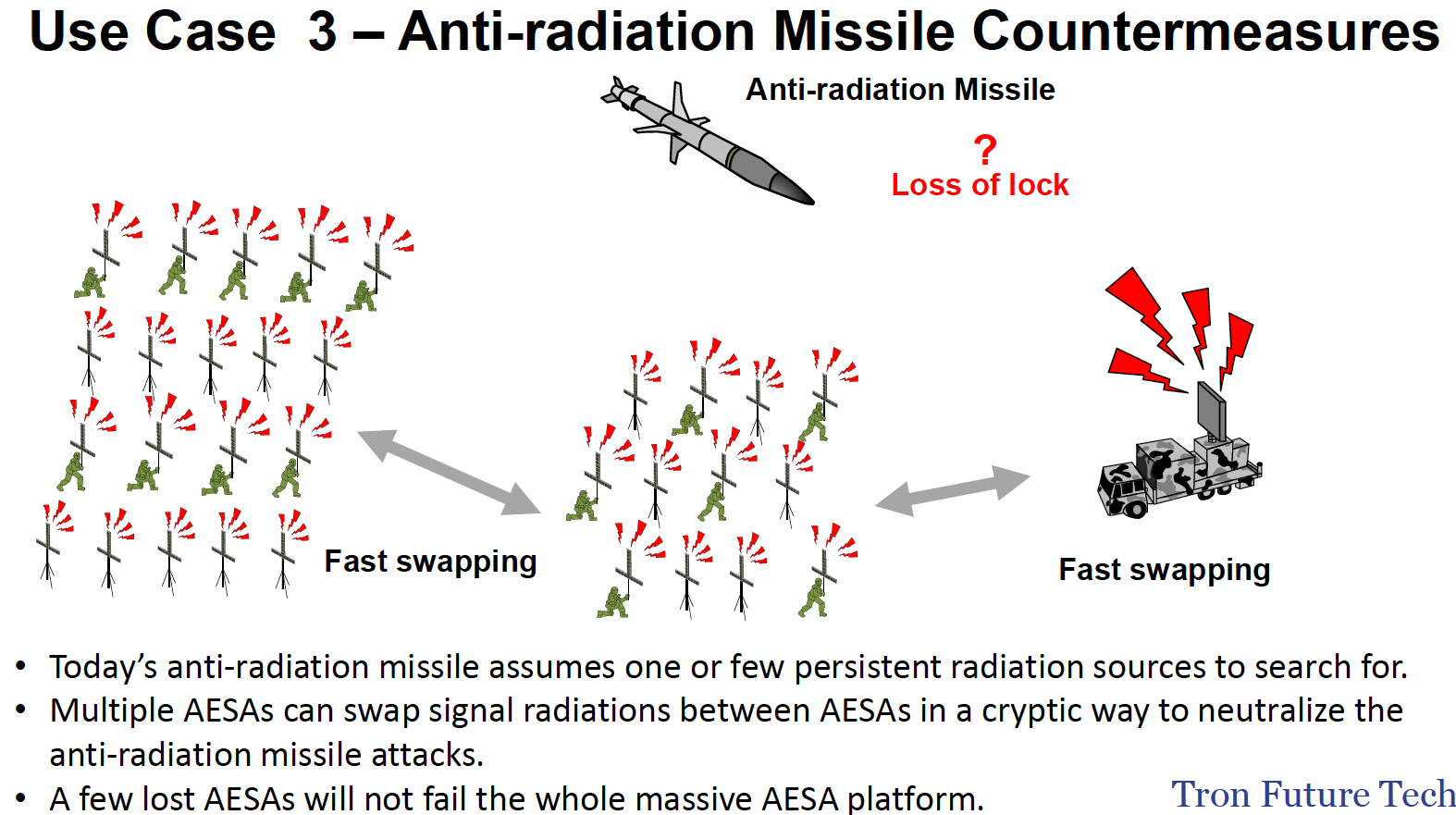WE ARE REPOSTING THIS PIECE WHICH WAS FIRST PUBLISHED IN THE FALL OF 2019
By Robbin Laird
There were a wide range of presentations in Berlin at this year’s International Fighter Conference. Among those presenting were Air Force officers or industry representatives from countries facing a direct “existential threat” from either the PRC or Putin’s Russia.
How are the countries directly threatened by the 21st century authoritarian powers addressing the role of airpower in their self-defense?
The answer as seen in the presentations by speakers from Taiwan, Ukraine, Lithuania and Malaysia was that air power was crucial for their self-defense but an airpower which could be tailored to the specific threat being posed in their proximate neighborhood.
And done so in a manner designed and developed to link with partners and allies to extend the range of their defense as well.
But self-reliance is a key part of the answer, as being as close as they are to the authoritarian powers, and living in their neighborhoods means you have to be able to do what is possible for self-defense in order to buy time for partners and allies to plug into one’s defensive system.
Interestingly, none of the these states was focused on a posture which frankly the authoritarian states should find threatening to their own territories, but only threatening in terms of challenging the agendas of the authoritarian powers who believe that playing an away game in support of their domestic territorial, defense, economic and political agendas is their right.
The Case of Lithuania
Col. Dainius Guzas, Lithuanian Air Force Commander, provided a briefing entitled “Developing Capability Against a Peer Opponent.”
The challenge as described by Guzas was both the direct threat posed by Russia against the Baltics and the use of political warfare to undercut the core defense of Lithuania – the engagement of NATO allies in Baltic Air Policing and the delivery of air defense to Lithuania via NATO coalition airpower.
Because of the significant number of NATO air policing participants in the Baltic Air Policing effort, Lithuania was a host nation to a wide variety of NATO forces.
This means that they probably have experienced more first-hand knowledge than most of the challenge of operating the range of NATO fighter aircraft at the tactical edge in NATO defense.
This NATO engagement experienced first-hand by the Lithuanian Air Force provides the ground truth for how to defend the Baltics in a crisis
And the Russians have spent considerable time and effort in generating “fake news” to try to undercut the confidence of Lithuanians in their NATO allies.
This form of political warfare is combined with air space incursions to try to test and pressure the Baltic Republics.
Three slides from Col. Guzas’s briefing can be seen in the slide pack below, which illustrate his discussion of Russian airspace violations, the NATO participants to data in Baltic Air Policing, and an example of Russian “fake news” designed to undercut the confidence of Lithuanians in their NATO allies.
The Case of Ukraine
Commander of the Air Command “South” of the Ukrainian Air Force, Lt. General Vasyl Chernenko presented a briefing entitled, Peculiarities of Employment Fighter Aviation and Development of its Future Capabilities According to Ukrainian Air Force Experience of Participation in Joint Forces Operation at the East of Ukraine.”
Ukraine of course has experienced war first hand in the 21st century with the Russian seizure of Crimea, and with continued engagement in the rest of Ukraine with the goal of shaping Ukraine’s future.
Russia used what analysts referred to as hybrid war as the means both to seize Crimea and to engage in destabilization efforts within the rest of Ukraine.
But what can be forgotten is the nature of the Russian military incursion which was much more similar to the means used by insurgency forces, which, of course, from a military point of view would require Ukraine to have the kind of counter-insurgency capabilities honed by the West over the past two decades in the Middle East.
Put bluntly, Ukraine does not have such capabilities, which poses the question of whether and how the West might provide such capabilities?
Notably, the West would not do counter-insurgency in the Middle East without airpower, and the question is how Ukraine might obtain or develop such capabilities?
According to the presentation, the Ukrainian Air Force is in the process of transition with increased but still very limited pilot training and enhanced readiness for their legacy fighter fleet of MiG-29s and Su-27s.
The speaker highlighted what he labelled “the sabotage-terrorist nature of the enemy’s actions,” which he argued required the use of fighter aircraft as part of the strike and defense force needed by Ukraine.
And these fighters would need to confront the Russian air defense system moved forward into the areas of interest as well.
He argued that Ukraine was focused on the upgrades of its current fighter force either by indigenous developments or by working with partner nations.
Obviously, the partner nation bit is the challenging part, as the West needs to sort out how to provide military aid to Ukraine but in such a way that it reinforces the defense capabilities of Ukraine without justifying the undoubted claims Russia would make that such efforts are designed to threaten Russian territory.
Clearly, the “fake news” piece discussed by Col. Guzas is not only already happening but would be part of ongoing Russian campaigns against Western efforts to help Ukraine counter Russian agression.
This means that whatever aid programs are generated need to be accompanied by well throughout out political campaigns to support such efforts.
The fact that Ukraine is an unfortunate bystander in an impeachment dynamic in the United States is clearly not a good illustration of how this needs to get done.
In the slide pack below are two slides from Lt. General Chernenko’s briefing which highlight the nature of the air defense challenge to Ukrainian fighter forces as well as the technologies prioritized by the evolving Ukrainian Air Force.
The Case of Malaysia
Major General Dato’ Muhamad Norazilan Bin Aris, Royal Malaysian Air Force, Chief of Staff, provided a briefing entitled, “Striking the Balance Between Affordability and Capability.”
Malaysia’s’ strategic outlook was highlighted in this slide from his briefing.
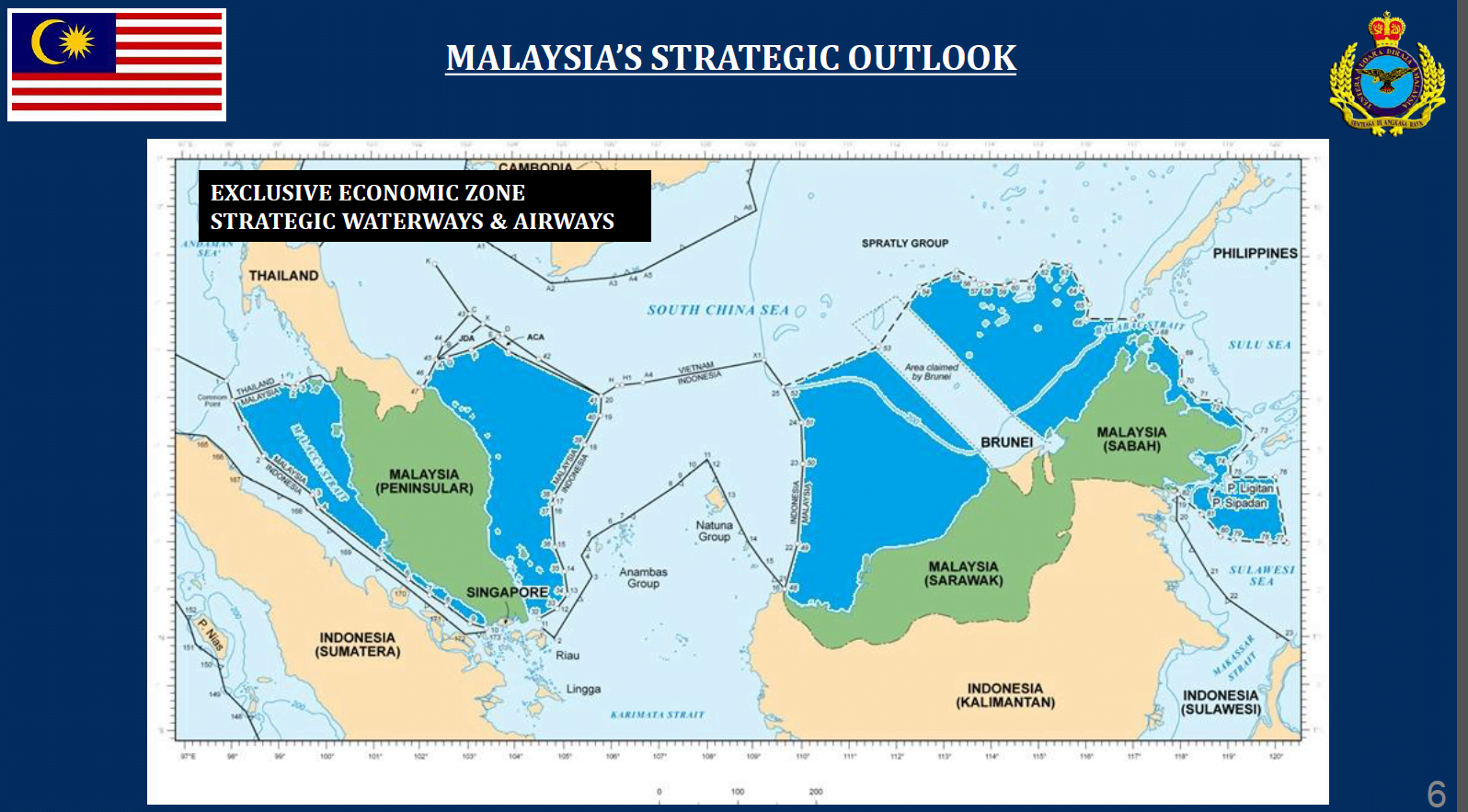
The need for airpower is clearly rooted in terms of the need for two theater operations just to defend their own territory, and the Navy and Air Force need to be capable of addressing the challenge of defending and/or being engaged in the Malaysian EEZ.
The scope of that challenge can be seen in the slide below from his briefing.
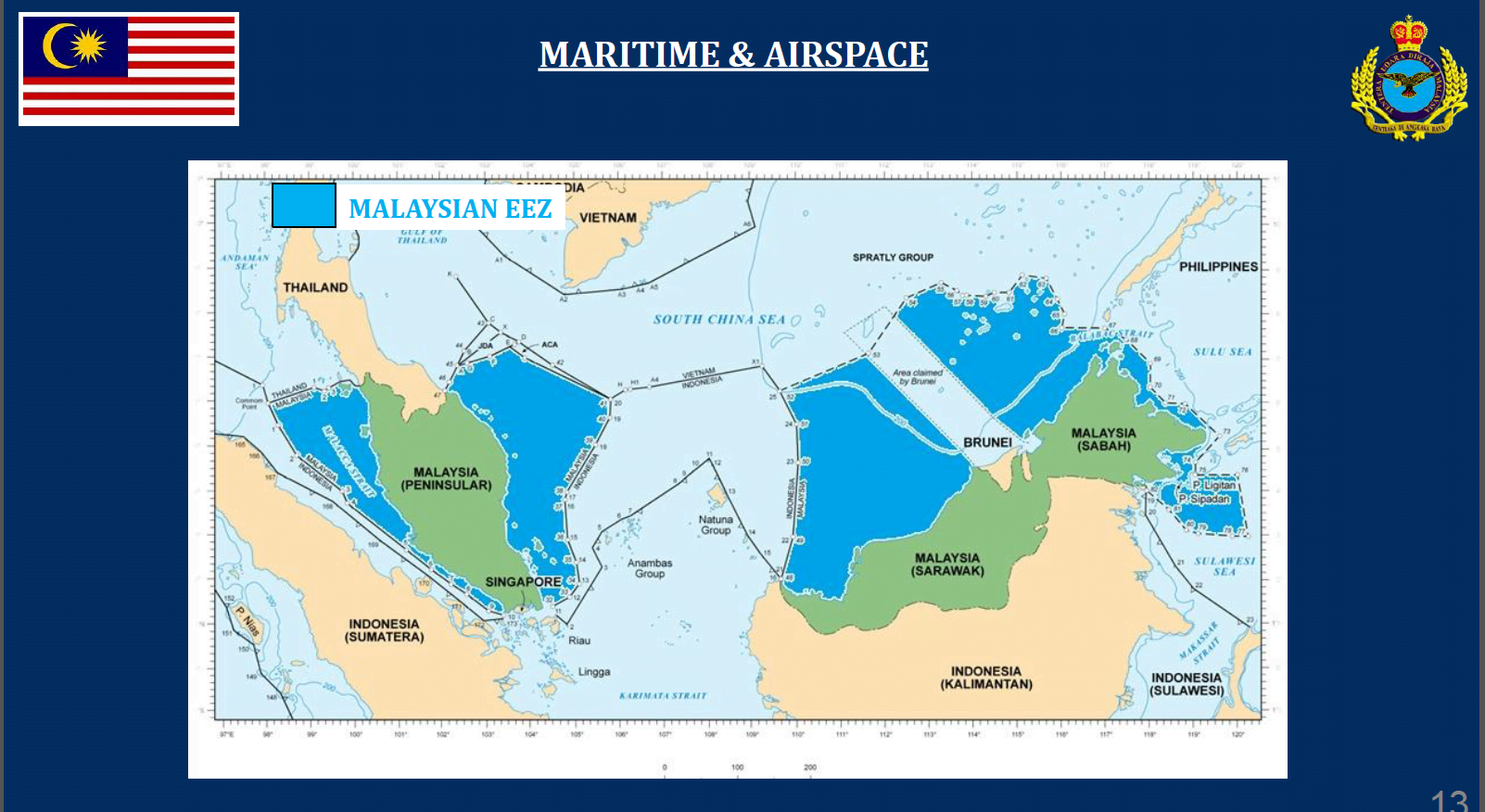
The role of Light Attack Aircraft in playing multiple roles for the Air Force, which could deliver a mix of capability and affordability to the Air Force.
The capabilities which the Royal Malaysian Air Force is looking for from its light attack aircraft program can be seen in the slides from the presentation which can be seen in the slide pack below
This is the near-term effort with the fighter replacement program after that.
The Major General was asked about the challenge of working with partner Air Forces, notably with regard to the Australian Air Force and Navy (RAAF and the RAN).
And he underscored that a key requirement was building out its Link 16 capabilities to do so much more effectively.
This answer highlighted a key point made by the various presenters from countries living in the neighborhoods of the authoritarian power, namely, the need to be connectable to allies and partners in times of crisis.
The Defense of Taiwan
With the People Republic of China’s reach into the Pacific, including building bases in the South China Sea, clearly the question of the defense of Taiwan is becoming a more pressing issue.
And the Republic of China has focused on its own self-defense, making it a much harder piece of democratic real estate for the authoritarian Chinese regime to grab.
And clearly, efforts by Taiwan need to be supported and reinforced by core allies, as is being done with the United States sale of new F-16 fighter aircraft to Taiwan.
The new variant has the Block 70 combat systems onboard, which include an advanced Northrop Grumman Radar.
The APG-83 SABR draws on F-35 technologies and provides greater capability for the F-16 to work in a complex battlespace.
The greater bandwidth, speed, and agility of Northrop Grumman’s APG-83 SABR enables the F-16 to detect, track and identify greater numbers of targets faster and at longer ranges. In addition, the radar can operate in hostile electronic environments and features all-weather, high-resolution synthetic aperture radar mapping, which presents the pilot with a large surface image enabling precision target identification and strike.
At the International Fighter Conference, there were two presentations highlighting ways ahead for the defense of Taiwan.
The first was by Colonel Li-Chiang Yuan, ROC Air Force, Assistant Director, Taipei Representative Office in UK and the second by Dr. Yu-Jiu Wang, Chairman and CEO of Tron Future Tech. Inc.
Col. Yuan highlighted that the PRC reach into the Pacific was now presented Taiwan with an encirclement challenge.
And this is why the new F-16s would be deployed to the eastern side of Taiwan.
He underscored as well the strategic direction of Taiwanese defense which is to create an integrated defense force able to link active defense, with air defense, and an ability to provide a more effective “dig in force” which can withstand initial attacks from the mainland in case of conflict
He also highlighted the need for airpower to adjust to the threat and to be able to operate aircraft from a variety of locations.
He noted that recent exercises operated Taiwanese aircraft from highways and not just regular airfields.
As the Finns have demonstrated, airpower dispersed is a crucial defense capability when living adjacent to an aggressive authoritarian power. It is part of the deterrence equation.
The approach of multiple deterrence was highlighted by Col. Yuan as the way ahead for Taiwan in its self-defense, which was conceptualized in the slide below from his briefing.
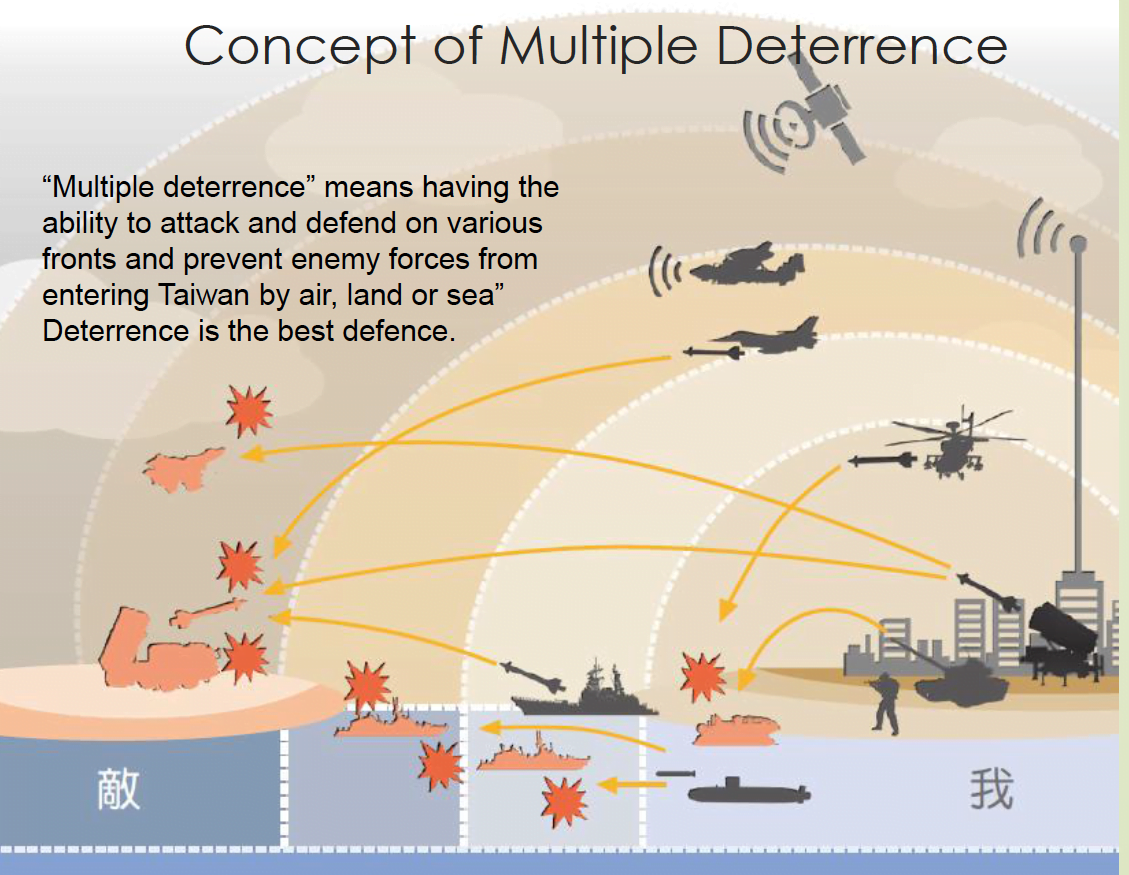
Other slides highlighting his argument are included in the slide pack below.
The second presentation was by a Cal. Tech graduate and now head of Tron Future Tech, Inc., based in Taiwan, a company focused on the development of new AESA technologies.
Dr. Wang provided a fascinating overview of the evolution of AESA technologies and their integration into current and future platforms which could contribute to the kind of C2 and ISR integration crucial to the multiple deterrence concept highlighted by Col. Yuan.
How this might occur is highlighted in the following slide from his briefing and other slides from his briefing illustrating the approach can be seen in the slide pack below:
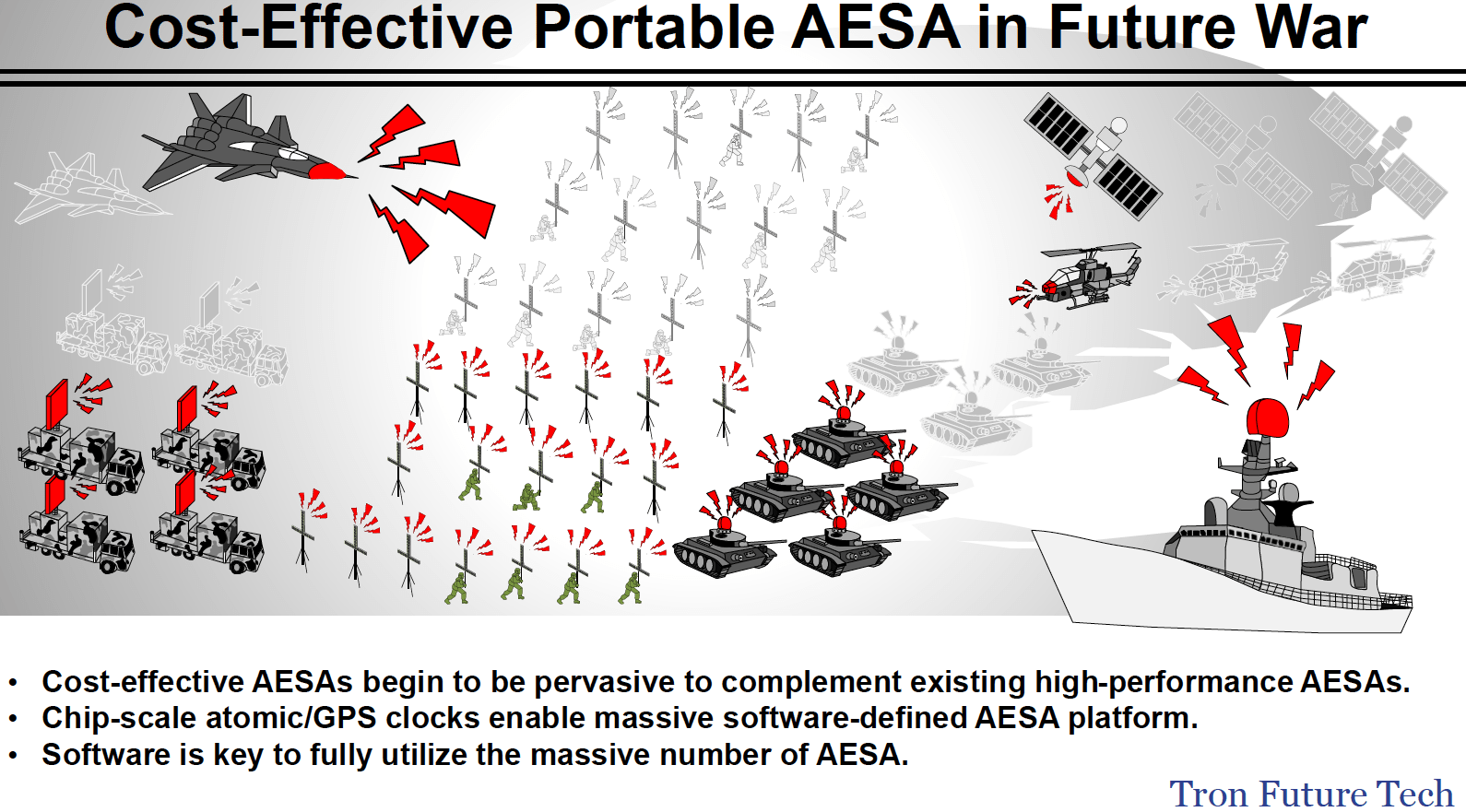
We have argued earlier that as Taiwan enhances its C2 and ISR grid that provides the opportunity for allies and partners of Taiwan to engage in a deterrence in depth strategy which would complement the multiple deterrence approach of Taiwan.
The kinds of technology which Dr. Wang projected going forward is precisely the kind of capability which an allied integrated distributed force could integrate with in times of crisis and to provide for the kind of deterrence in depth the Russians and Chinese would have to take seriously.
Conclusion
An advantage of the wide range of presentations provided at the International Fighter Conference is to provide an opportunity to appreciate the challenges faced by a wide range of allied and partner air forces.
Notably, one can learn or be reminded of the challenges facing air forces operating in the context of every day existential threats from authoritarian powers.
And as the allies of these countries which operate at greater distance are learning is that the kind of dispersal of airpower, the need to have more flexible force packaging, an ability to connect under duress are not just required by the air forces in the authoritarian power neighborhoods but becoming core necessities for the allied and partner air forces as well.
Notably, when coming into the neighborhood, there will be no uncontested airspace.
And that is something at odds with more than 30 years of the post-cold war experience.
The featured photo shows President Tsai Ing-wen and senior Taiwanese military staff during an exercise in southern county Changhua, not far from one of the island’s main airbases at Taichung. Photo: Facebook


